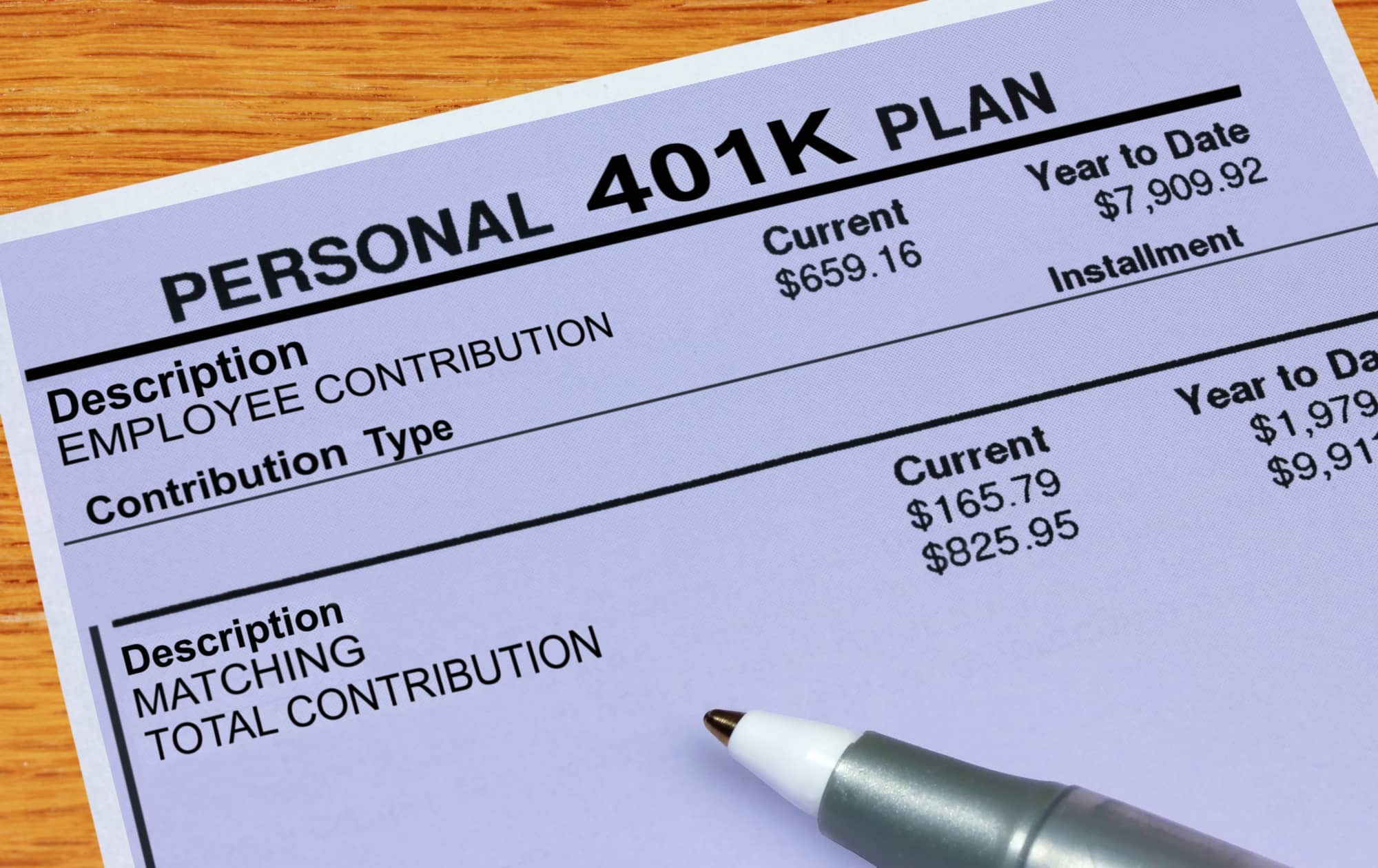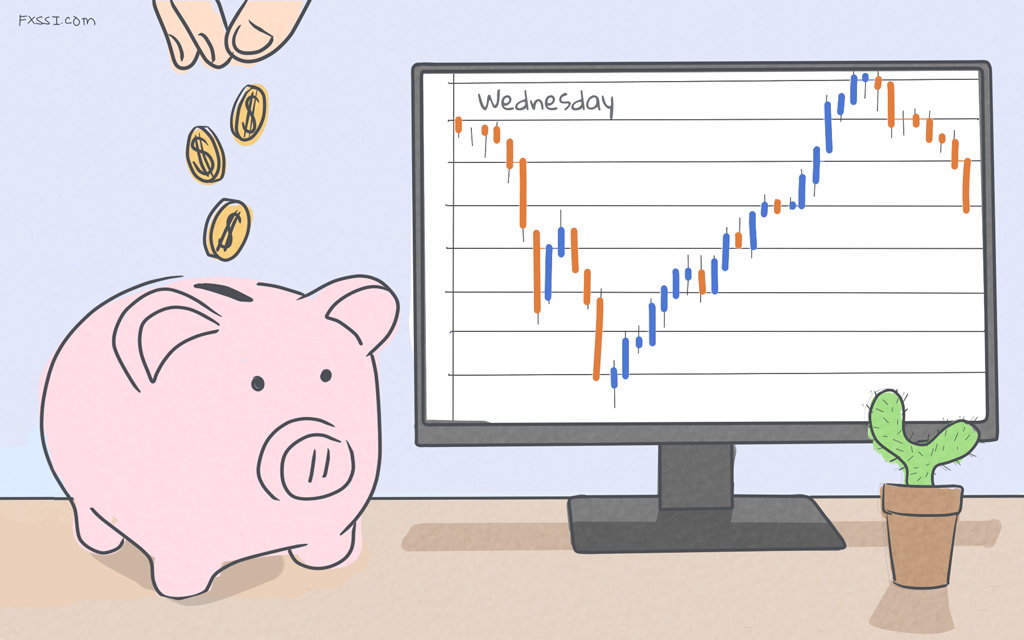When traversing the dynamic landscape of options trading, one pivotal concept that every trader must fully comprehend is the notion of “rollover.” Rollover refers to the process of closing out an existing options position and simultaneously opening a new one with a different expiration date. This strategic maneuver allows traders to adjust their positions based on market conditions, manage risk, and optimize potential returns.

Image: williambevins.com
Understanding the ins and outs of rollover is crucial for maximizing success in options trading. This article delves into the intricacies of rollover, exploring its significance, mechanics, strategies, and implications in real-world trading scenarios.
Why Rollover Matters
Rollover serves multiple purposes in options trading:
-
Extending Time for Realization: By rolling over an option to a later expiration date, traders extend the period during which the option can be exercised or sold. This provides increased flexibility and time for underlying price movements to align with trading objectives.
-
Managing Risk: Rollover enables traders to adjust the level of risk associated with their options positions. For example, rolling to a higher strike price may reduce the probability of exercise but also limit profit potential. Conversely, rolling to a lower strike price increases the likelihood of exercise but carries higher risk.
-
Locking in Gains: When an option is in the money (ITM) and performing well, rollover can be used to safeguard profits and reduce risk. By rolling over to a higher strike price, traders can “lock in” the gains already made while maintaining exposure to potential further upside.
Types of Rollover
Rollover can be classified into two primary types:
-
Vertical Rollover: This involves rolling over a position to the same underlying asset but a different strike price. Vertical rollovers can be used to adjust the risk-reward profile or fine-tune trading strategies.
-
Horizontal Rollover: In a horizontal rollover, the position is rolled over to the same strike price but a different expiration date. This type of rollover is often used to extend the life of an option or capture additional time premium.
Rollover Mechanics
The technical process of rollover involves closing out the existing option position and simultaneously entering a new position with the desired expiration date. This must be executed before the expiration of the original option to ensure a seamless transition. Traders should pay attention to the following details:
-
Premium Adjustment: When rolling over, traders must pay or receive the difference in premiums between the closing and opening positions. This can impact the overall profitability of the rollover strategy.
-
Trading Fees: Brokerage commissions and exchange fees are incurred during both the closing and opening transactions involved in a rollover. These costs should be factored into the decision-making process.

Image: fxssi.com
Rollover Strategies
Traders may employ various rollover strategies to suit their specific objectives and market conditions:
-
Roll Up: Moving to a higher strike price extends the time value of the option and increases the potential profit if the underlying price continues to rise.
-
Roll Down: Shifting to a lower strike price reduces the premium paid while also lowering the breakeven point and increasing the probability of ITM status.
-
Roll Back: Shortening the time to expiration decays the time value of the option but may increase the intrinsic value if the underlying price is in a favorable position.
-
Roll Forward: Extending the time to expiration increases the time value and potential profit if the underlying price performs as anticipated.
What Is Rollover In Options Trading

Image: www1.equiti.com
Conclusion
Rollover is an invaluable tool in the arsenal of any options trader. By strategically adjusting the expiration dates and strike prices of their positions, traders can manage risk, extend profit potential, and optimize their returns. Understanding the mechanics, types, and strategies associated with rollover is paramount for successful navigation of the options market. Traders who master the art of rollover are well-positioned to ride the waves of market volatility and enhance their overall trading outcomes.






